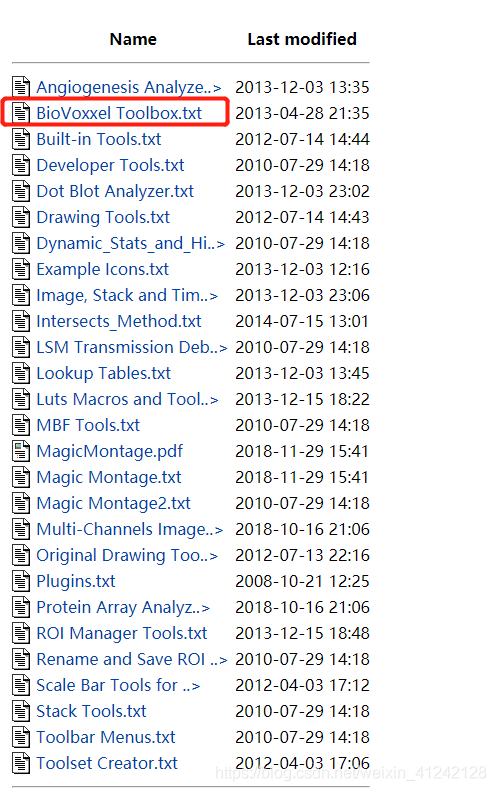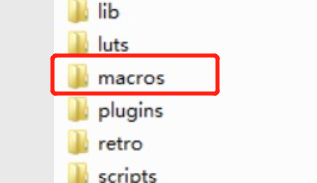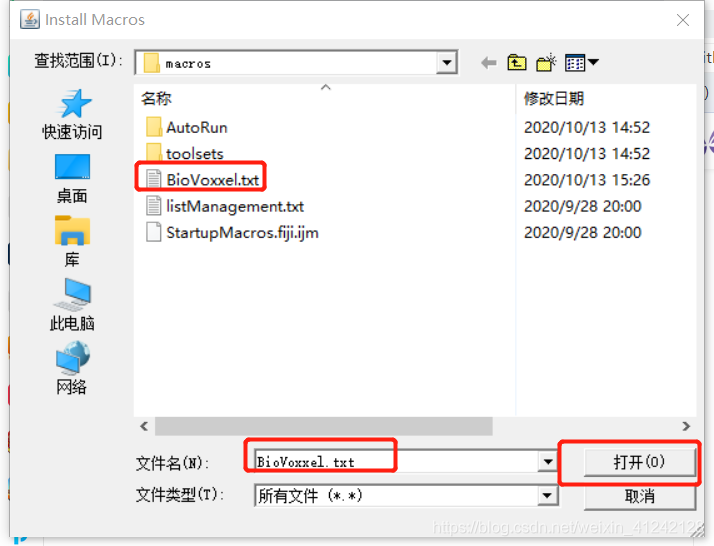program code is as follows:
// 导入图像
std::stringstream ss;
ss << "/home/wang/桌面/LearningVO-master/build/dataset/00/image_0/"
<< std::setw(6) << std::setfill('0') << img_id << ".png";
cv::Mat img(cv::imread(ss.str().c_str(), 0));
assert(!img.empty());picture path is as follows:

but the program will assert failed.
my solution:
OpenCV absolute path seems to be a problem, change the absolute path to relative path:
// 导入图像
std::stringstream ss;
ss << "./dataset/00/image_0/"
<< std::setw(6) << std::setfill('0') << img_id << ".png";
cv::Mat img(cv::imread(ss.str().c_str(), 0));
assert(!img.empty());note that this relative path is relative to the path to execute the command in the terminal; Also write “/Home/ XXX/” instead of” ~/ XXX/” in the Home directory, otherwise an error will occur.
modified, the program runs normally.








